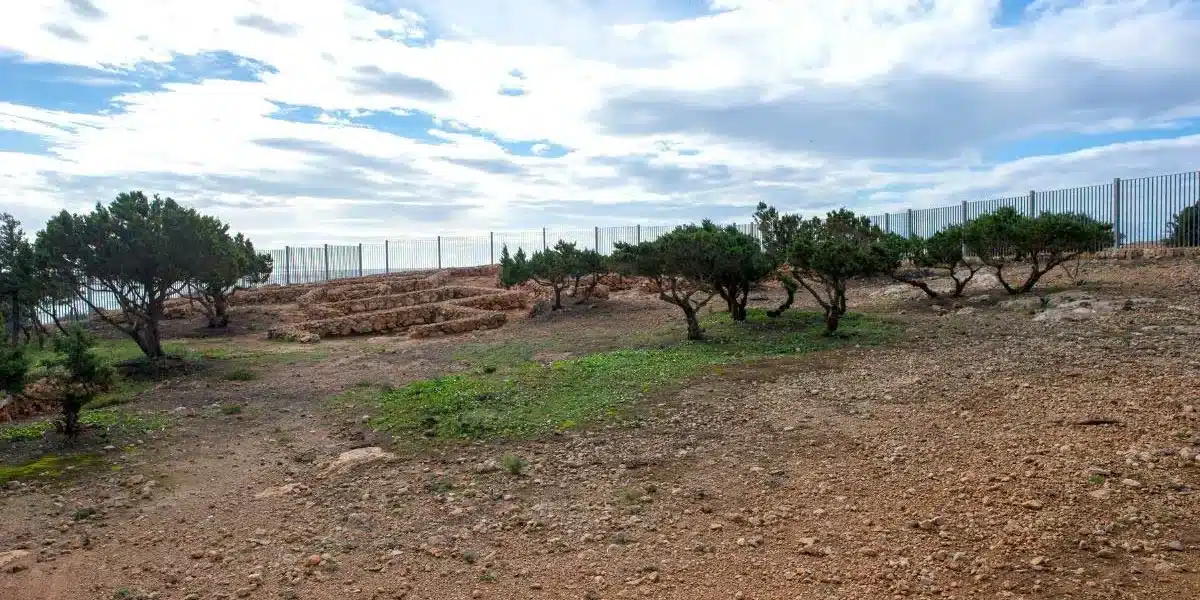The Phoenician site of Sa Caleta is a remarkable archaeological treasure located on the southwest coast of Ibiza, in the municipality of Sant Josep. This ancient settlement is not only a key part of the island’s historical fabric but also recognised as a UNESCO World Heritage Site since 1999.
Its designation highlights the site’s significance in understanding the Phoenician presence in the Mediterranean, particularly on the Balearic Islands.
This article explores why the UNESCO designation was granted, delves into the historical context of Sa Caleta, and examines what makes this site an irreplaceable link to Ibiza’s past.
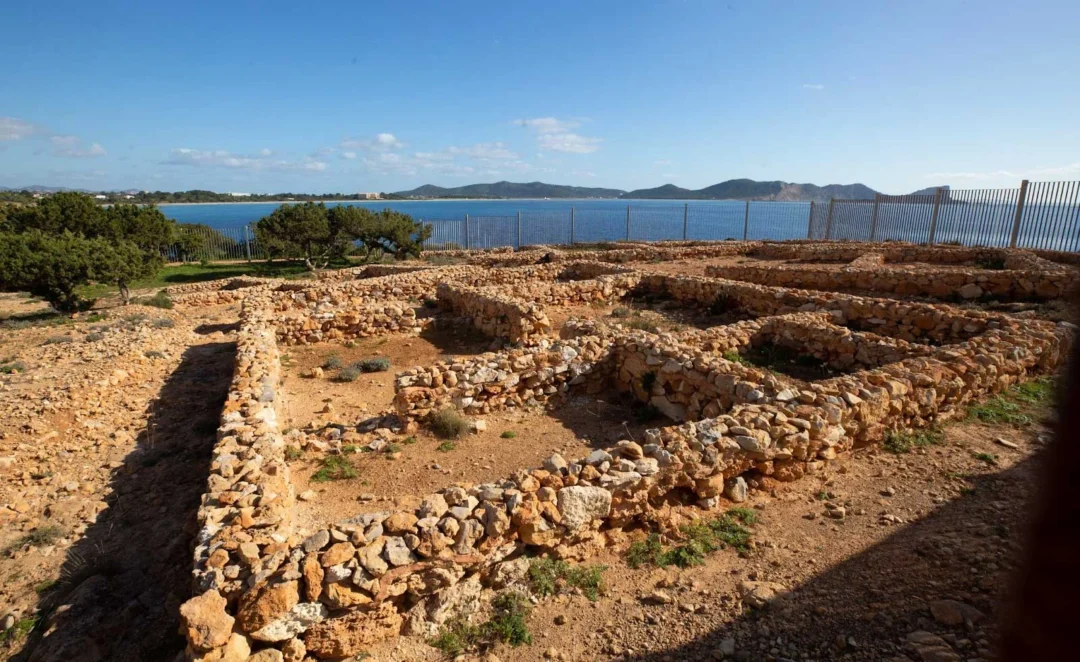
UNESCO World Heritage status: why Sa Caleta?
In 1999, the Phoenician site of Sa Caleta was inscribed on the UNESCO World Heritage list, along with other notable sites in Ibiza, under the designation of ‘Ibiza, Biodiversity and Culture’. The criteria for this inclusion were based on the site’s cultural value and its well-preserved remains that provide a unique insight into Phoenician civilisation.
The Phoenicians were an ancient Semitic people who originated in the eastern Mediterranean, specifically in present-day Lebanon, and they were known for their seafaring skills and their establishment of trading posts throughout the Mediterranean basin. Ibiza, or ‘Ibossim’ as the Phoenicians called it, became an important point in their expansive trading network.
The site at Sa Caleta represents one of the earliest Phoenician settlements in the western Mediterranean, showcasing the beginning of a colonial enterprise that would shape the development of the region for centuries to come.
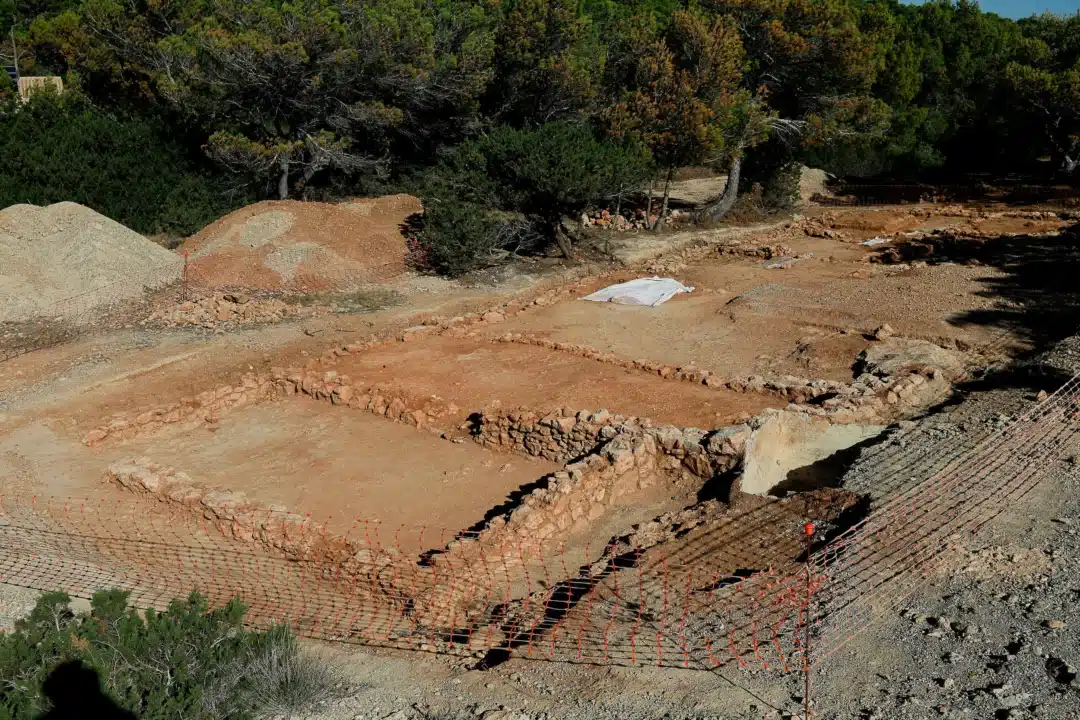
UNESCO recognised the Phoenician site of Sa Caleta not only for its archaeological significance but also for its role in demonstrating the cultural interactions that took place between the Phoenicians and the indigenous populations. It stands as evidence of early urban planning and settlement structures and offers a glimpse into the daily life, economy, and cultural practices of one of history’s most influential ancient peoples.
The historical context of the Phoenician site of Sa Caleta
The settlement at Sa Caleta dates back to the late 8th century BC, during a time of Phoenician expansion across the Mediterranean. This was a period marked by increased maritime trade and the establishment of colonies in strategic locations that would facilitate commercial activities. Sa Caleta served as one such colony, positioned advantageously on the coast for maritime access and trade routes.
Excavations at the Phoenician site of Sa Caleta have revealed a settlement characterised by its rudimentary urban layout. The structures, mostly made from adobe and stone, include simple rectangular houses grouped together in an irregular fashion. This layout suggests a close-knit community where daily activities were likely communal, and the economy was heavily based on agriculture, fishing, and small-scale industry, such as pottery production.
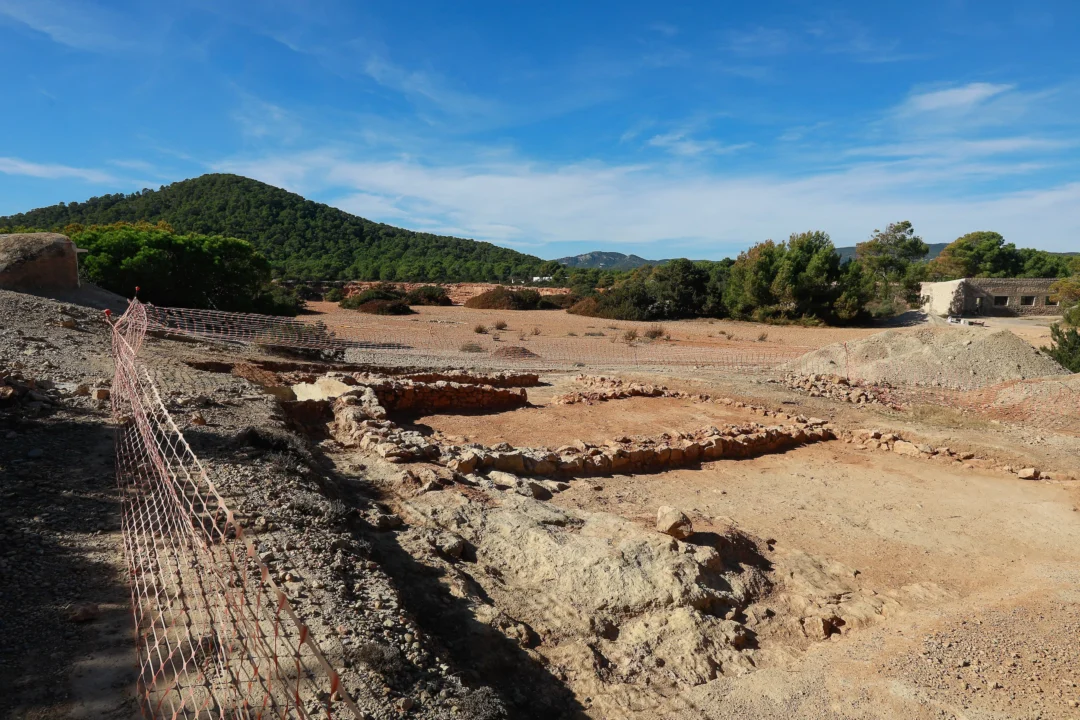
The site’s strategic location would have allowed the Phoenicians to establish a thriving economy, serving as a hub for trade between the eastern Mediterranean and the western regions, including the Iberian Peninsula. The Phoenicians introduced new agricultural techniques, as well as their advanced knowledge of shipbuilding, which further stimulated local economic growth.
The decline and legacy of Sa Caleta
While Sa Caleta prospered during the early phases of Phoenician colonisation, it was abandoned by the mid-7th century BC. Archaeologists believe that the inhabitants relocated to the area where the present-day of Ibiza Town now stands. The reasons for the abandonment of Sa Caleta are not entirely clear, but it is likely linked to the need for a more fortified settlement, as Ibiza Town offered better natural defences and a superior harbour for their expanding fleet.
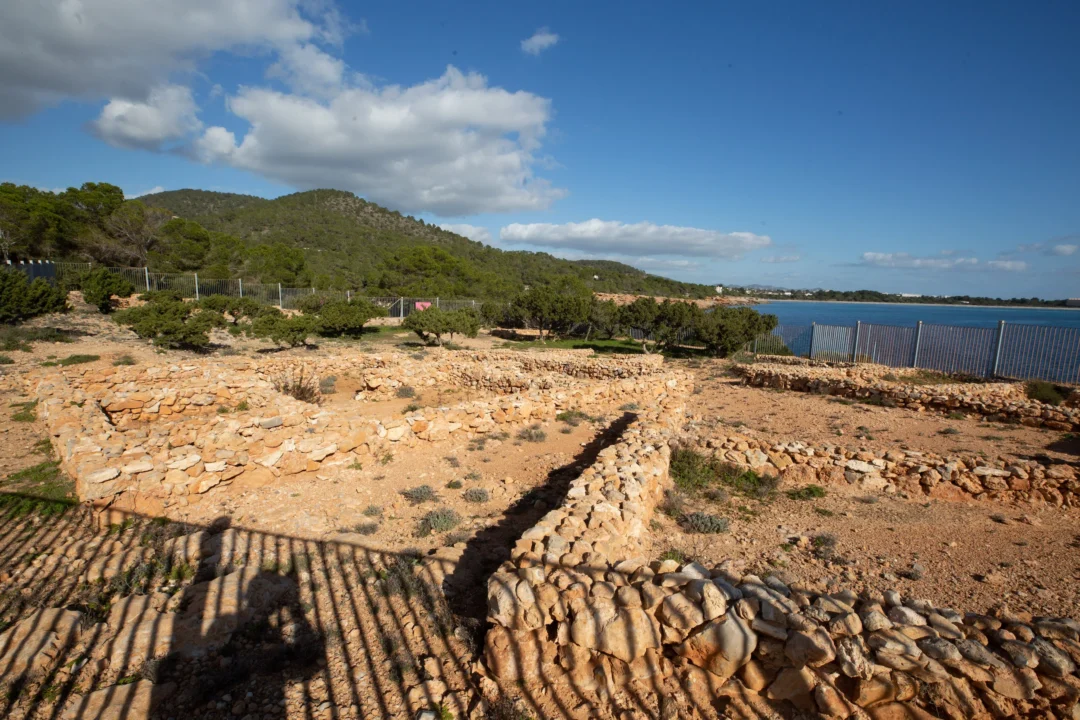
Despite its relatively brief period of occupation, the Phoenician site of Sa Caleta left a lasting legacy. The settlement laid the groundwork for the development of Ibiza Town, which would grow into a prosperous city under Phoenician and later Carthaginian control. The influence of Phoenician culture is still evident today in various aspects of Ibizan life, from the island’s art to its language and local traditions.
Preserving Sa Caleta for future generations
Today, the Phoenician site of Sa Caleta is preserved as an open-air archaeological site, where visitors can explore the remnants of the settlement and gain a deeper understanding of Ibiza’s ancient past. The site is a testament to the Phoenicians’ adaptability and their ability to create thriving communities in foreign lands. Ongoing conservation efforts ensure that this invaluable piece of history remains intact for future generations to study and appreciate.
The UNESCO designation has played a crucial role in protecting the Phoenician site of Sa Caleta from urban development and environmental degradation. By recognising the site’s universal value, UNESCO has helped to ensure that Sa Caleta continues to be an important research site for archaeologists and a cultural landmark for the people of Ibiza.

The Phoenician site of Sa Caleta is far more than just an archaeological site—it is a symbol of Ibiza’s deep historical roots and a testament to the island’s place within the broader Mediterranean world. Its recognition as a UNESCO World Heritage Site underscores its importance in global history and the shared cultural heritage of humanity.
For those interested in ancient civilisations, Phoenician history, or the early development of Mediterranean trade, Sa Caleta offers an unparalleled window into the past, one that continues to shape our understanding of ancient colonial dynamics and cultural exchange.
